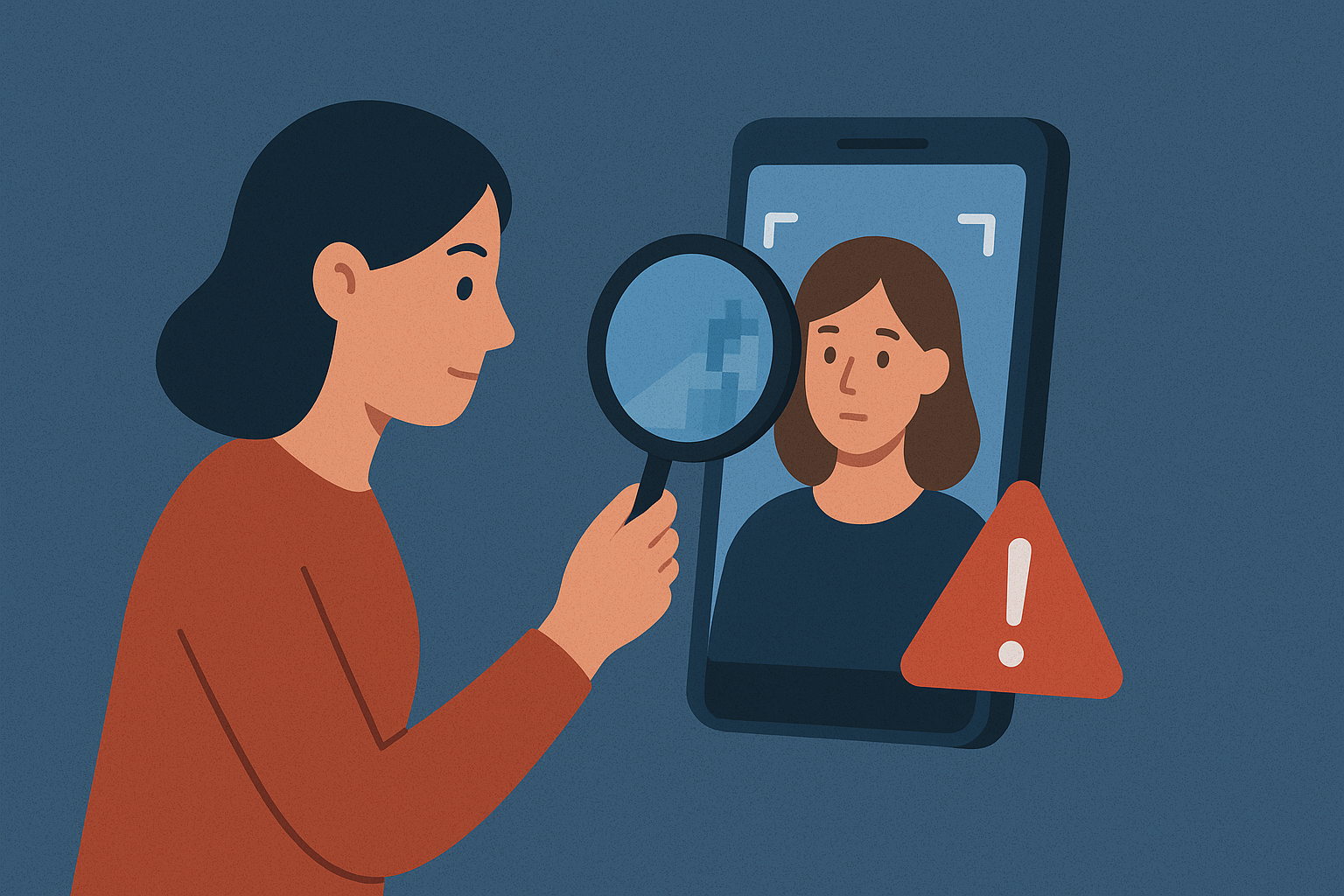What Is Fake Photo Detection and How Does AI Image Detection Work?

In today's digital landscape, distinguishing between authentic and artificially generated images has become increasingly challenging. With sophisticated AI generated image detectors and deepfake detection technologies emerging as essential tools, understanding fake photo detection is crucial for anyone navigating our image-saturated world.
Understanding Fake Photo Detection
Fake photo detection refers to the automated process of identifying whether digital images have been artificially generated, manipulated, or fabricated using AI tools or digital editing software. Unlike traditional photo manipulation that might involve simple copy-paste operations, modern synthetic image detection must contend with highly sophisticated AI-generated content that can be nearly indistinguishable from authentic photographs.
The rise of generative artificial intelligence has fundamentally changed the fake image landscape. Where once image manipulation required advanced technical skills, today's AI tools can create photorealistic images from simple text prompts, making AI image authenticity verification more critical than ever before.
How Modern Detection Systems Work
Today's fake image detection online tools employ several sophisticated approaches that go far beyond what the human eye can perceive:
Pattern Recognition and Artifact Analysis
Modern detection systems analyze subtle digital fingerprints left by AI generation algorithms. These image manipulation detection methods look for microscopic inconsistencies in lighting, shadow patterns, texture irregularities, and pixel-level artifacts that indicate artificial generation. Even the most advanced generative models leave behind mathematical signatures that trained algorithms can identify.
Deep Learning Feature Analysis
Sophisticated computer vision fake detection systems use neural networks to examine images at multiple levels simultaneously. These systems can identify patterns in how pixels relate to each other, detecting the subtle differences between how natural scenes are captured versus how AI algorithms reconstruct visual information. Recent research published in Scientific Reports demonstrates how error-level analysis combined with deep learning achieves remarkable accuracy in deepfake detection.
Cross-Reference Validation
Some deepfake photo detector systems work by attempting to reconstruct suspect images using known AI models. If a system can easily reproduce an image that closely matches the original, this suggests the image was likely generated artificially, as natural photographs contain complexities that are difficult for AI to perfectly replicate.
Metadata Examination
While easily manipulated, examining hidden image data can provide initial clues about an image's origins. Authentic camera-generated images typically contain specific metadata patterns that differ from those produced by image generation software.
Why Detection Has Become Essential
The proliferation of AI photo manipulation tools has created unprecedented challenges for digital authenticity:
News organizations, social media platforms, and educational institutions rely on authentic imagery to maintain credibility and prevent visual misinformation. With the rise of face swap detection and deepfake technology, protecting individuals from unauthorized use of their likeness has become critical. Academic communities need reliable methods to verify published images, while law enforcement requires dependable tools for digital evidence verification.
Current Challenges
Despite advances in machine learning image verification, several challenges remain:
AI generation techniques evolve rapidly, requiring detection systems to continuously update. Modern fake images often combine multiple manipulation methods, complicating detection. The most accurate systems require significant processing power, limiting real-time applications. Additionally, overly sensitive detection may incorrectly flag authentic images with unusual characteristics.
A comprehensive survey published in Applied Sciences reveals that while deep learning methods outperform traditional approaches in identifying fake images on social media, the challenge continues to evolve as generation techniques become more sophisticated.
The Future of Image Authenticity
As image authenticity tools continue evolving, several promising developments are emerging. Some platforms explore blockchain integration to create verifiable image provenance chains. Mobile devices and social media platforms are incorporating instant detection capabilities. Educational programs increasingly include training on identifying potentially manipulated images.
The most effective approach combines multiple detection methods with critical thinking and source verification. Understanding current capabilities and limitations becomes increasingly important as both generation and detection technologies advance. Advanced research in IEEE computer vision continues to push the boundaries of what's possible in image forensics and manipulation detection.
Conclusion
Fake photo detection represents one of the most important technological frontiers in our digital age. While perfect detection may remain elusive, understanding how these systems work empowers individuals and organizations to make informed decisions about image authenticity.
As synthetic media becomes more sophisticated, detection tools must evolve accordingly. The ongoing development of AI image verification technology ensures that while fake image challenges continue growing, so too does our ability to identify and address them effectively.
Detect fake photos and AI-generated images instantly with our AI Image Detector.